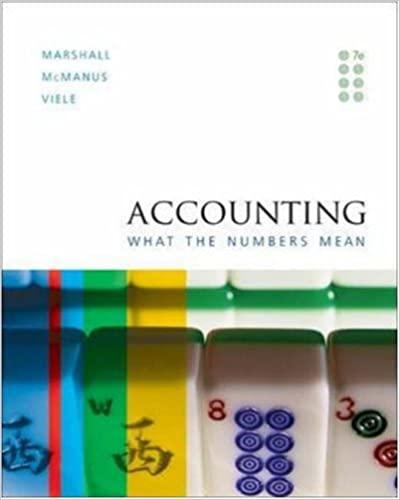Answered step by step
Verified Expert Solution
Question
1 Approved Answer
CASE STUDY --Improving a Railroad Crossing Traffic congestion ana veniete sarery Improving a Railroad Crossing Traffic congestion and vehicle safety are significant concerns in most

CASE STUDY --Improving a Railroad Crossing Traffic congestion ana veniete sarery Improving a Railroad Crossing Traffic congestion and vehicle safety are significant concerns in most major cities in the Northeast United States. Amajor metropolitan city in New Jersey is considering the elimination of a railroad grade crossing by building an overpass. Traffic engineers estimated that approximately 2,000 vehicles per day are delayed at an average of 2 minutes each due to trains at the grade crossing. Trucks comprise 40% of the vehicles, and the opportunity cost of their delay is assumed to average $20 per truck-hour. The other vehicles are cars having an assumed average opportunity cost of $4 per car-hour. It is also estimated that the new overpass will save the city approximately $4,000 per year in expenses directly due to accidents. The traffic engineers determined that the overpass would cost $1,000,000 and is estimated to have a useful life of 40 years and a $100,000 salvage value. Annual maintenance costs of the overpass would cost the city $5,000 more than the maintenance costs of the existing grade crossing. The installation of the overpass will save the railroad an annual expense of $30,000 for lawsuits and maintenance of crossing guards. Since this is a public project, there are special considerations and a complete and comprehensive engineering economy study is more challenging than in the case of privately financed projects. For example, in the private sector, costs are accrued by the firm undertaking the project, and benefits are the favorable outcomes achieved by the firm. Typically, any costs and benefits that are external to the firm are ignored in economic evaluations unless those external costs and benefits indirectly affect the firm. With economic evaluations of public projects, however, the opposite is true. As in the case of improving the railroad crossing, there are multiple purposes or objectives to consider. The true owners of the project are the taxpayers! The monetary impacts of the diverse benefits are oftentimes hard to quantify, and there may be special political or legal issues to consider. In this case study, the city council is now in the process of considering the merits of the engineering proposal to improve the railroad crossing. The city council is considering the following questions in its deliberations: a) Should the overpass be built by the city if it is to be the owner and the opportunity cost of the city's capital is 8% per year? b) How much should the railroad reasonably be asked to contribute toward construction of the bridge if its opportunity cost of capital is assumed to be 15% per year? c) Develop payback period based on discounted cash flows. (explain its significance) d) Using benefit cost ratio what recommendations do you have? (explain its significance) e) What is the IRR, profitability index and return on investment for the project? (explain its significance)
Step by Step Solution
There are 3 Steps involved in it
Step: 1

Get Instant Access to Expert-Tailored Solutions
See step-by-step solutions with expert insights and AI powered tools for academic success
Step: 2

Step: 3

Ace Your Homework with AI
Get the answers you need in no time with our AI-driven, step-by-step assistance
Get Started


